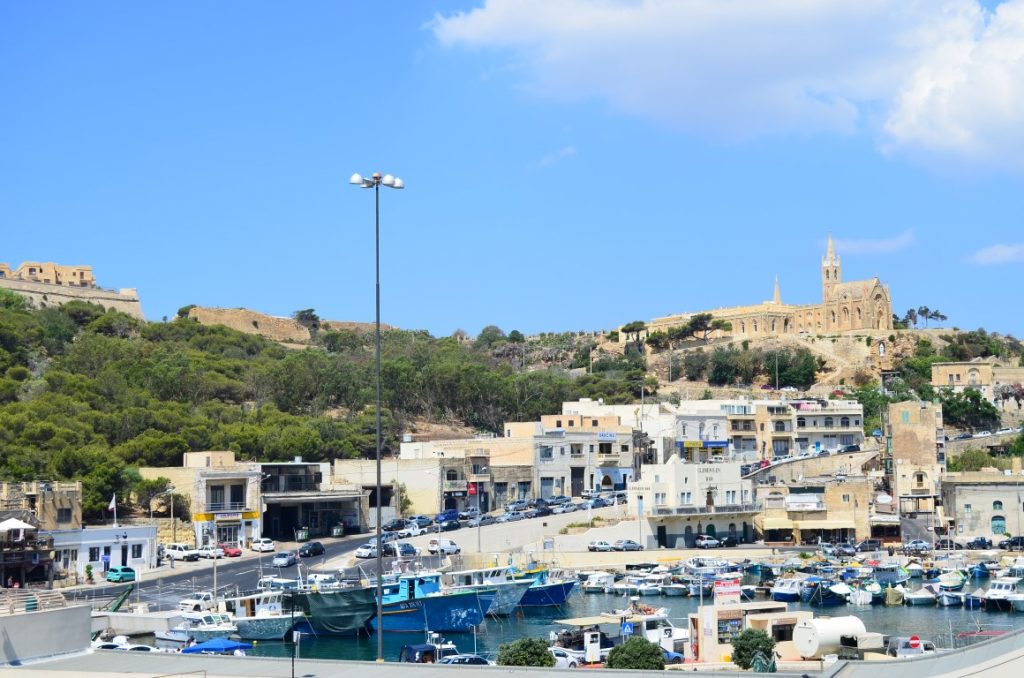The rhythm of Gozo
Malta is an island nation whose history is clearly visible on its stone walls, its complicated language and its diverse culture. Nowadays, the Maltese live their sunny lives on any of the 3 main islands:Malta, Gozo and Camino, conveniently linked by round the clock ferries and regular buses.
We landed in the capital, Valletta and caught a bus towards the ferry terminal for Gozo (Cirkewwa Passenger Terminal) then hoped on the boat without a ticket. Since this is pretty much the only way to reach Gozo, they don’t bother charging until you want to leave the island(if! you leave the island).
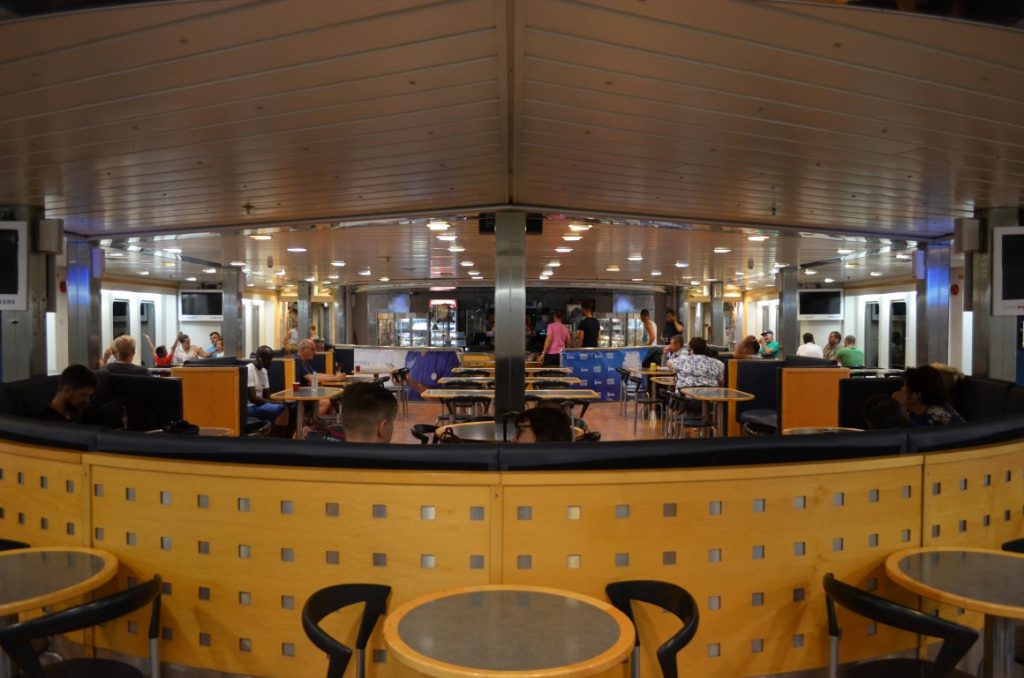
When we booked a place on Gozo island, we were planning to crisscross the Maltese nation from there, rent a scooter, a boat or a mule and see every recommendation.
We weren’t expecting to fuse with Gozo and its stone villages, its open door policy and food and drink as sturdy as the people.
The capital of the island, Victoria is home to a beautiful citadel, placed strategically on top of a hill with 360 views of the entire landscape. Its narrow streets turn to narrow tunnels or spill over into busy intersections packed full with local produce to buy for home.
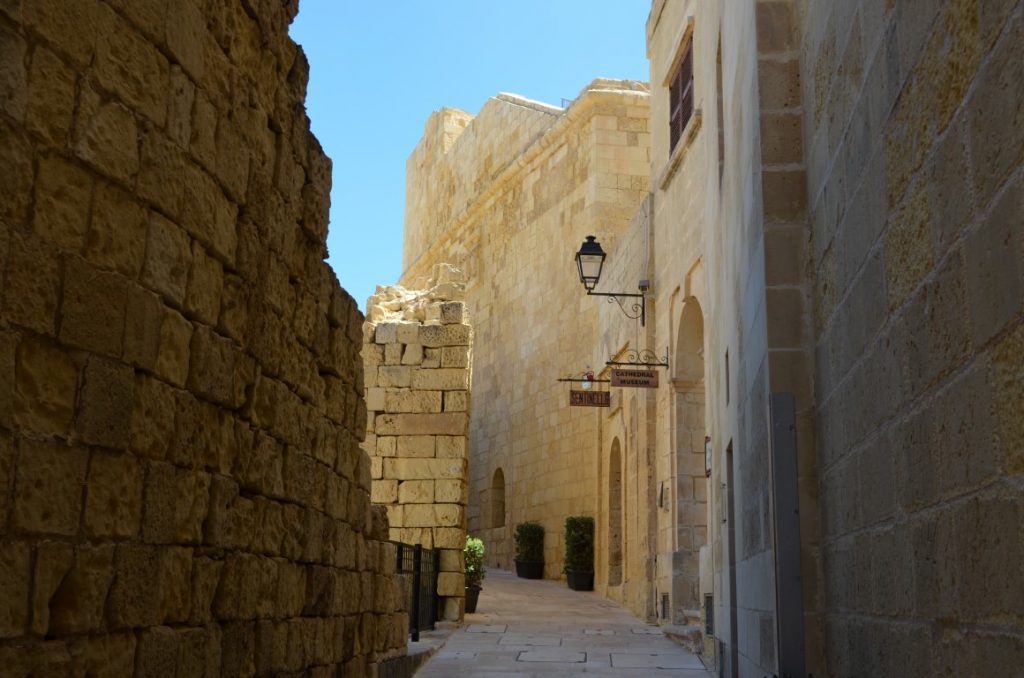
Each village on the island holds its annual celebration dedicated to its Patron Saint and a typical ‘festa’ lasts three days or longer. So if you hit the Gozo shore from May to mid-September there’s bound to be a Festa somewhere on the island for you to crash.
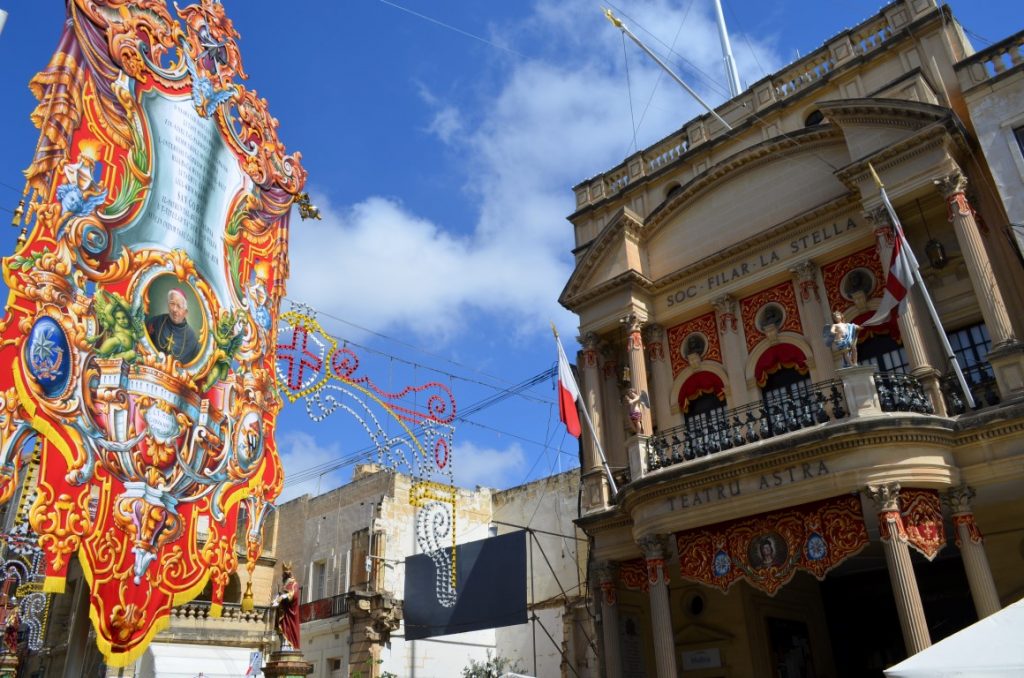
And don’t worry about disturbing the festivities, they are louder and rowdier than you would expect from a religious procession: cannons go off, confetti can come from anywhere and the bells go into a frenzy with every occasion:
Our accommodation was in the little community of Qalla, which could easily be the backdrop for every fairy-tale 9 to 5’ers tell themselves: “some day we will escape the city rush, move to an island, open a B&B and just enjoy life”.
A fair amount of people have actually chosen the island to retire, after all sorts of lives lived across the world, from Sidney to the US. Below, a sight you will see more than once: inhabitants pay tribute to the places they come from by adorning their stone houses with plaques and statues of what they hold dear, in this case: Detroit.
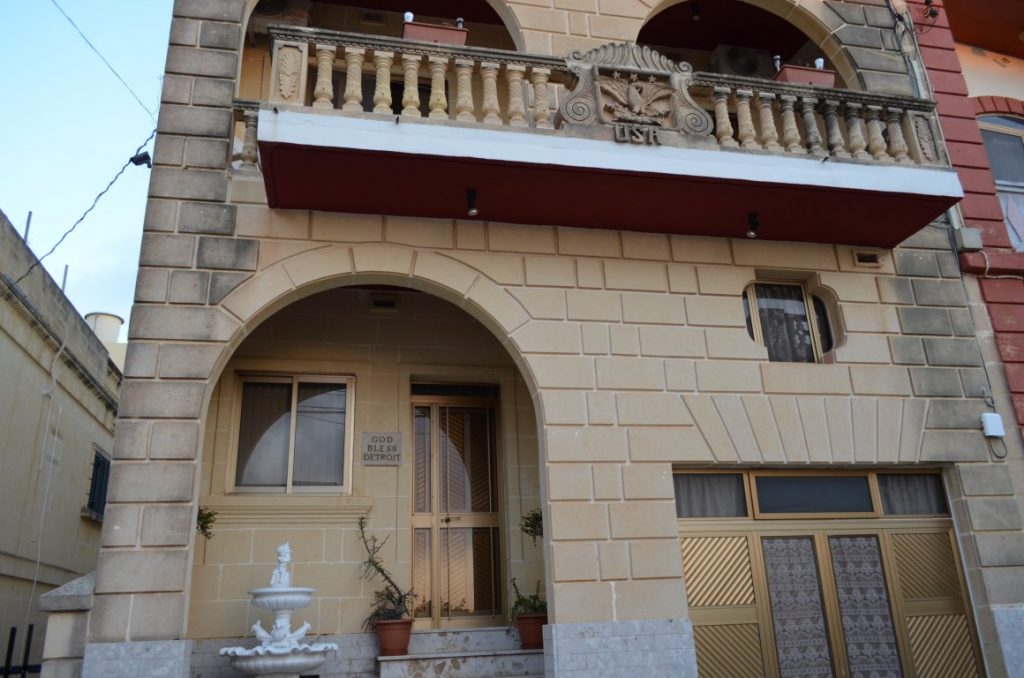
Everything is connected in this little community: the farms to the store, the store to the family run restaurant, the villagers to the dinner rush, the main square to the church, the church to the village Festa. And everyone is part of the Festa! 2 weeks before the official celebration week, banners go up, statues come out of storage and fireworks are lined up.
Not even the horses live in isolation from the village life: they run for the Festa parade and they live on the farm where tourists come for rides. Speaking of horses, we were lucky enough to land an invitation to a barbecue at the local horse stable and joyfully hiked the hill at dusk to honor the invitation.
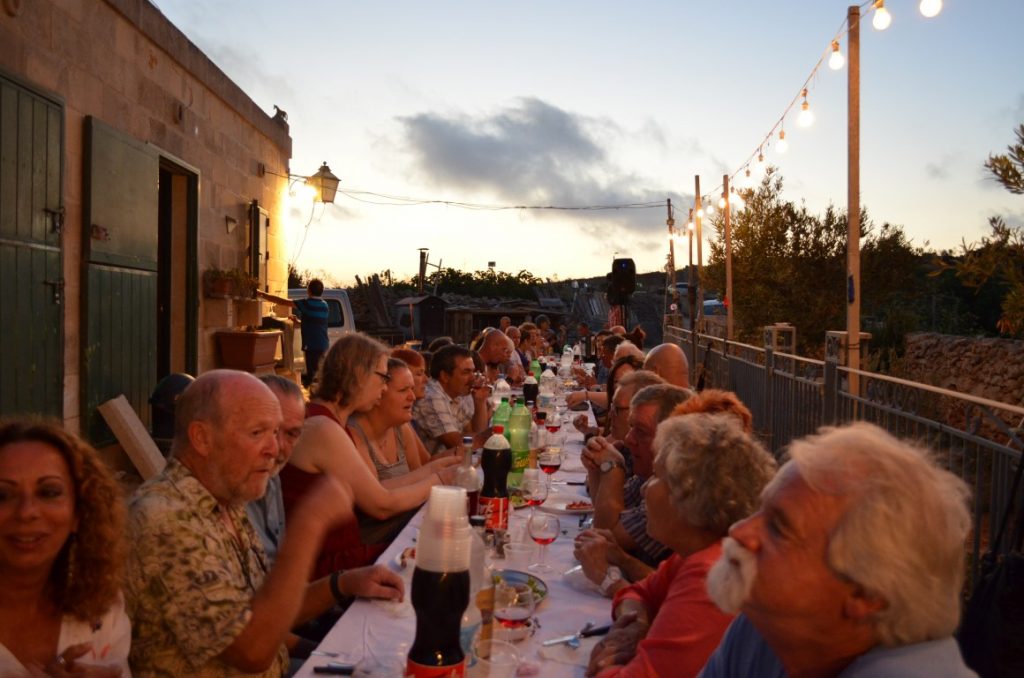
Though enchanted by house wine and entrees big enough to feed a horse, we soon realized we already knew everyone there! The lady running the kitchen was the local grocery store vendor, the head of the table ran the Jeep up and down the slope to the beach and all around us were expats and tourists we ran into throughout the week.
So there we were, surrounded by Gozitan hard folks, British Inn keepers, Australian backpackers and Italian wanderers and all I could think about was: Gosh this feel like a Romanian village wedding!
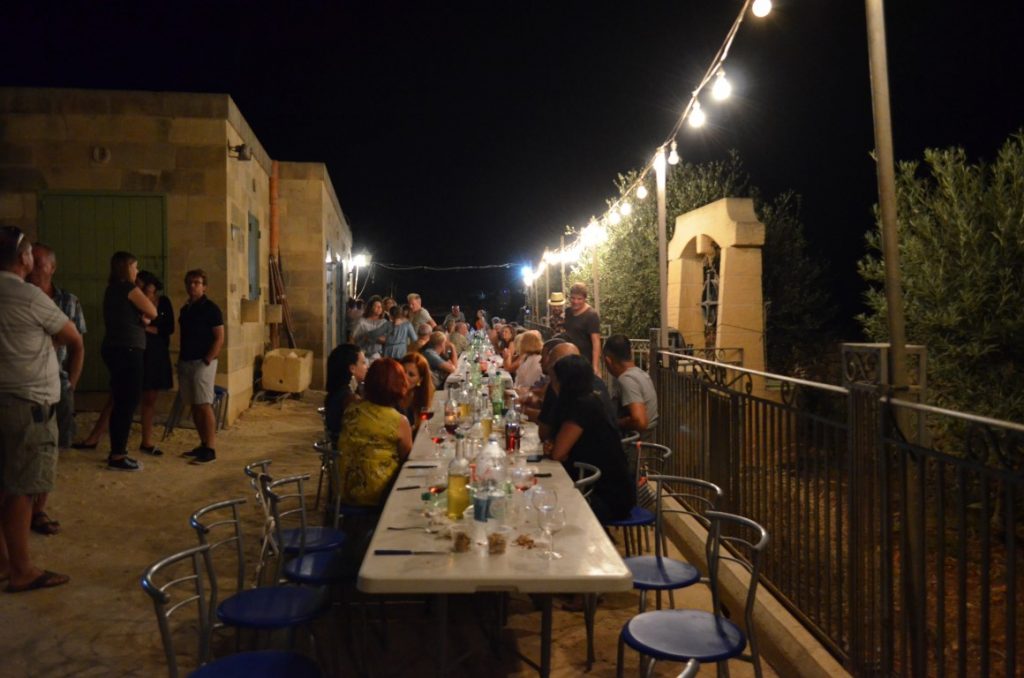
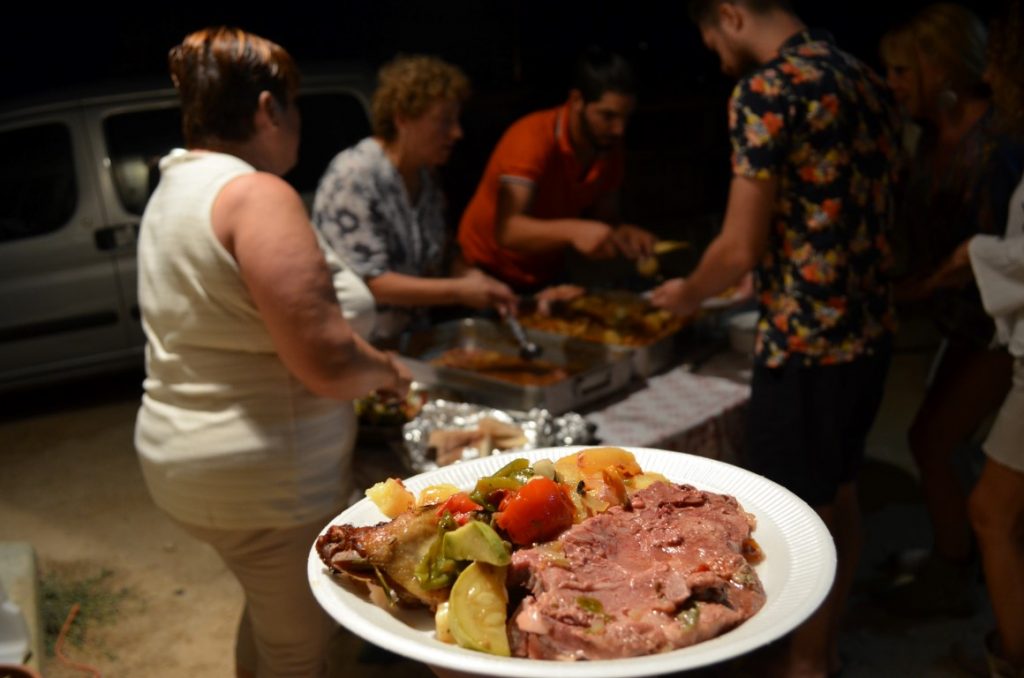
The food was not even the main event, that was up to the local band, playing drinking music or slow crescendos to make sure you leave your chair as soon as you’re done eating. We went from hummus to hard cheese to slow-cooked pork just in time to hit the dance floor. Buzzed on wine and with full bellies, we left the party while people we’re still kicking up dust all over the courtyard and slowly made our way back to our stone castle for some shut eye.
We woke up fashionably late to breakfast and loitered around the pool, our adventurous spirits numbed by the hot sun and the inviting pool side shade.
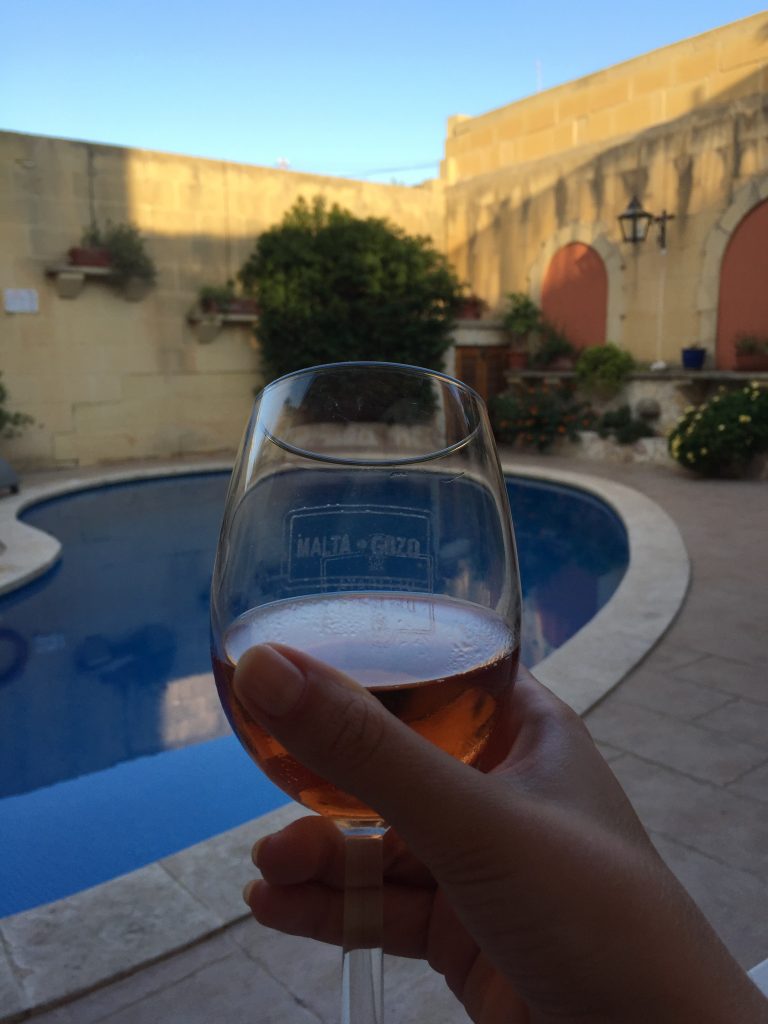
Our Maltese getaway was about listening to the rhythm of life around us, really trying to understand the delicate connections between the climate, the history, the economics and the human dynamics all climbing the golden rocky walls of the island.
Life goes on tuned to unspoken schedules: you do your shopping between 6AM and 10AM or starve for the day. You won’t catch a Gozitan standing in the mid day sun, no store open, none of this nonsense.
Between the ever ringing church bells and seagull cries, before mid-day or after dusk, with recent friends and old rituals, life on Gozo dances life a golden sand pebble in the clear blue waves of the salty sea and it sure felt great to surrender to its pace.